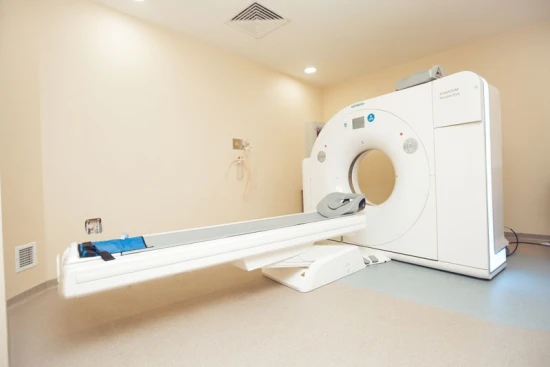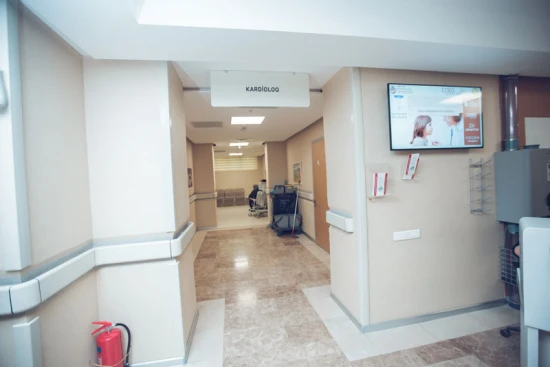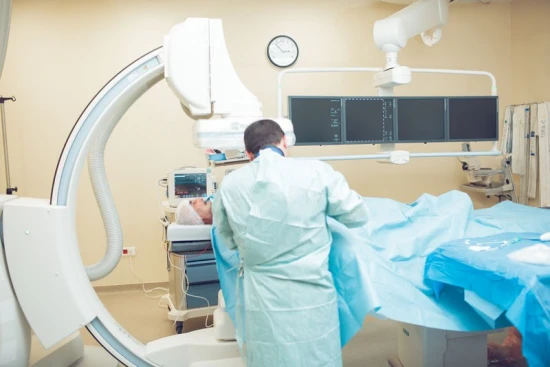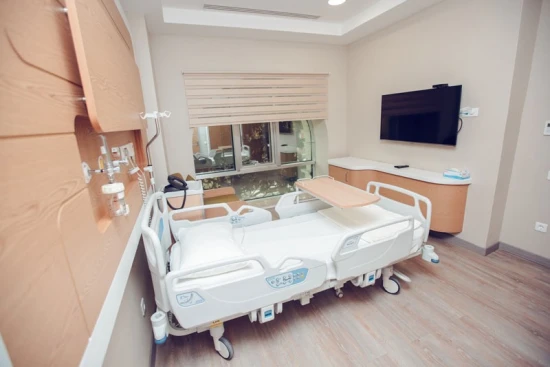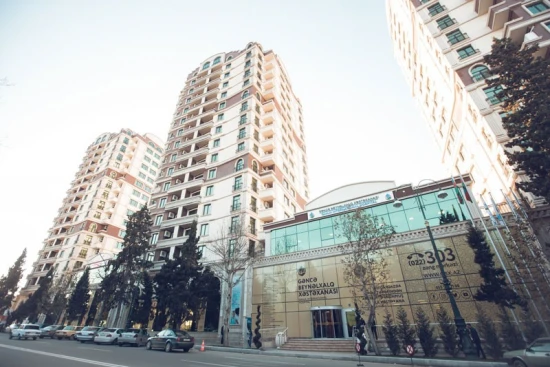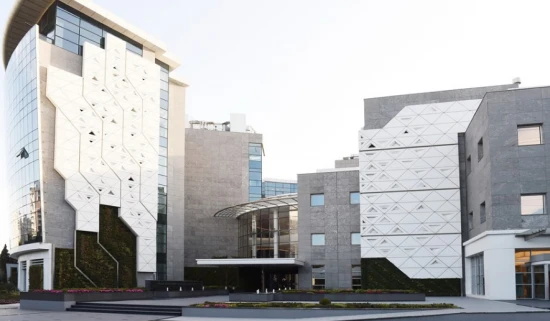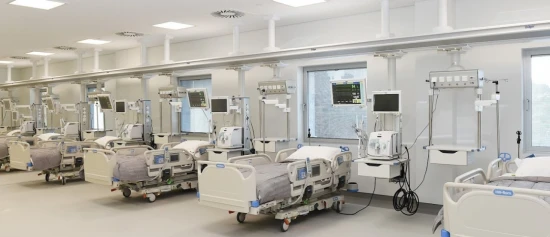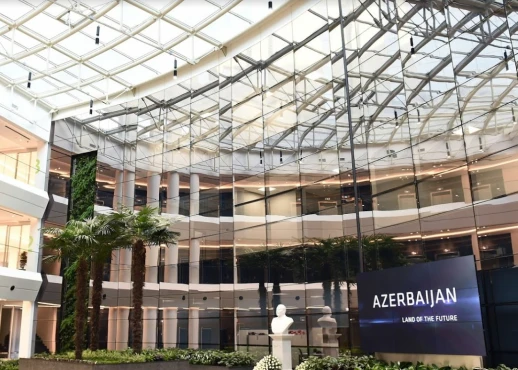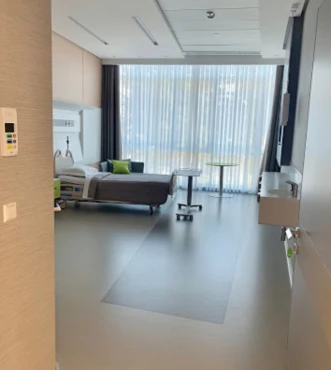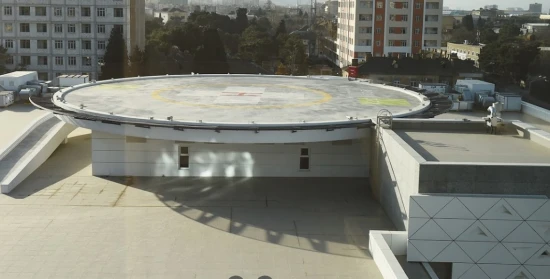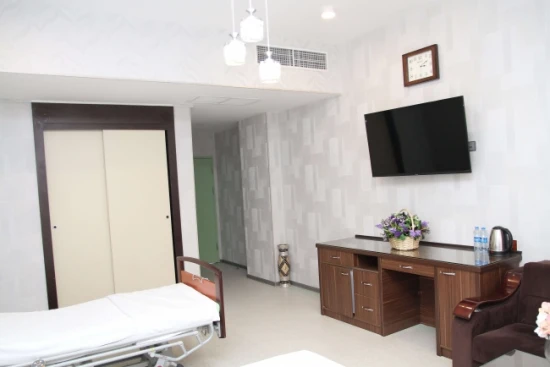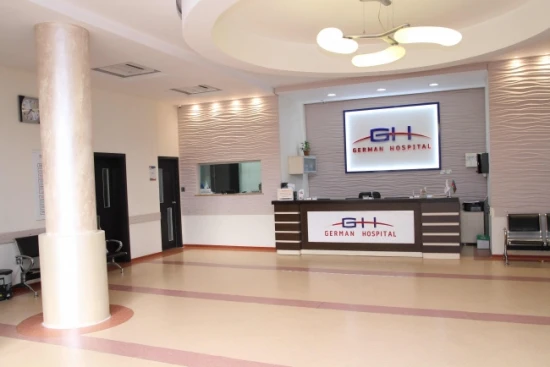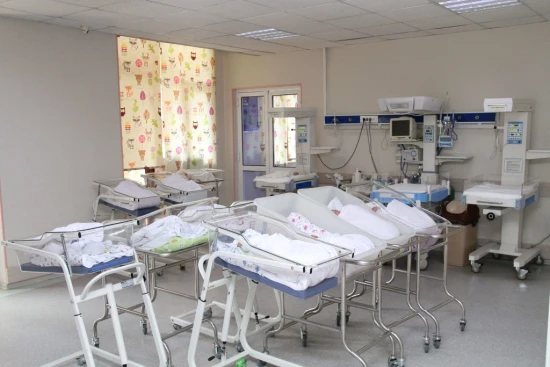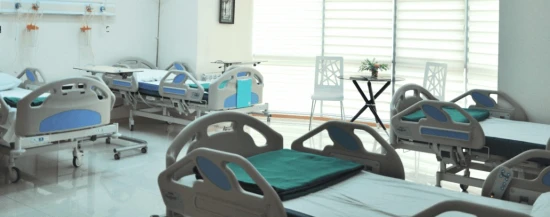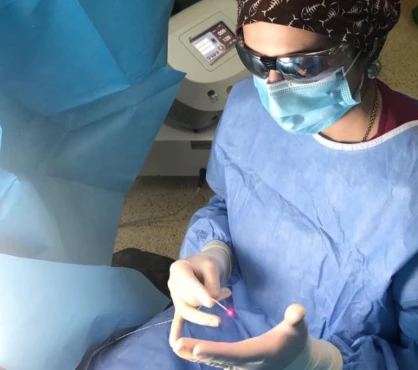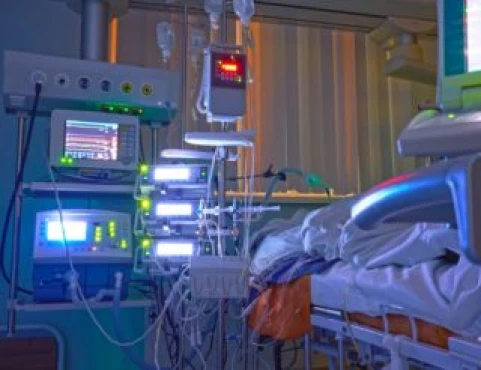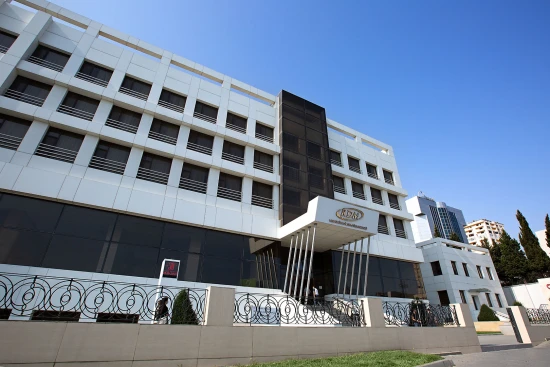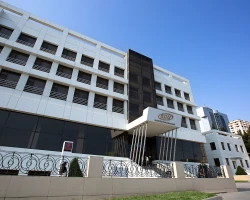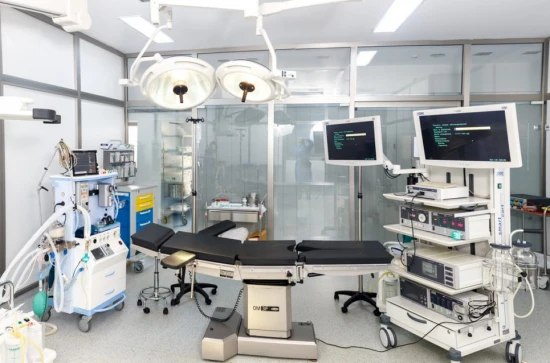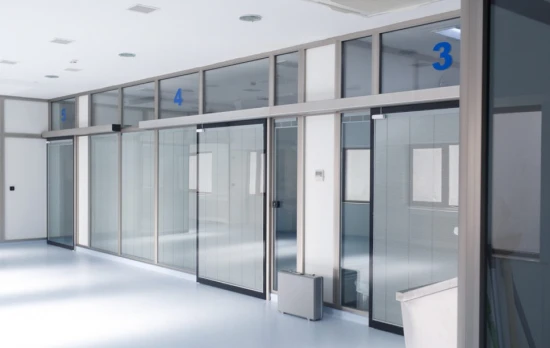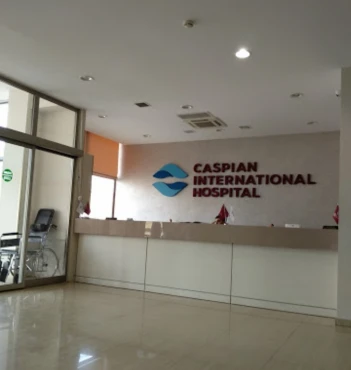Liver cyst treatment in 1 Oncology clinic in Ganja
1 clinic specializing in Oncology providing treatment of
Liver cyst
Liver cysts are fluid-filled sacs that can develop in the liver. They are usually benign and asymptomatic but can cause discomfort or complications if they grow large or rupture. Regular monitoring is essential.
Read more...
disease in Ganja.
Besides this clinic there are 6 Oncology clinics in Azerbaijan.
Such diseases are treated by Ganja International Hospital: Benign liver tumor, Bile duct cancer, Liver cancer, Liver cyst, Liver metastases, and others.
Sorted by:
Relevance
Rating
Relevance
Prices for popular procedures:

Ganja, Azerbaijan
Specializations: Cardiac surgery, Vascular surgery, Neurosurgery, Spine surgery, Orthopedic surgery, Oncology
Ganja International Hospital started operating on September 9, 2015. The total area of the five-storey hospital is 11,887 square meters. The hospital provides outpatient and
read more
6 nearby similar clinics in Azerbaijan
Perhaps you should consider 6 more clinics we have found nearby basing on your Location, Disease filters applied.
Prices for popular procedures:
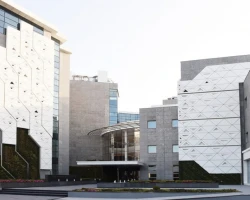
Baku, Azerbaijan
Specializations: Cardiac surgery, Vascular surgery, Thoracic surgery, Neurosurgery, Spine surgery, Orthopedic surgery, Oncology
Languages: English, Russian
It is not a coincidence that we have named our hospital ‘Bona Dea International Hospital’. In Roman mythology, Bona Dea was a healing goddess and
read more
Prices for popular procedures:
Prices for popular procedures:

Baku, Azerbaijan
Specializations: Cardiac surgery, Vascular surgery, Thoracic surgery, Neurosurgery, Spine surgery, Orthopedic surgery, Oncology
Our clinic started operating on January 1, 2014 in Narimanov district, Baku, with a fully professional and medical staff. In our clinic, our local
read more
Prices for popular procedures:
Prices for popular procedures:
Prices for popular procedures:

Baku, Azerbaijan
Specializations: Cardiac surgery, Vascular surgery, Thoracic surgery, Neurosurgery, Spine surgery, Orthopedic surgery, Oncology
Equipped with the latest medical devices and equipment, Caspian International Hospital is a private medical institution with a professional, friendly staff that provides a high
read more
Countries with the highest number of clinics treating the diseases:
Liver cyst:
worldwide
657 clinics
Germany
40 clinics
Brazil
39 clinics
India
38 clinics
Colombia
26 clinics
Mexico
26 clinics
Related procedures:
Procedures are likely to be used for Liver cyst treatment:
Chemoembolization,
Liver transplantation,
Major liver resection,
Microwave tumor ablation (MWA),
and
Minor liver resection
.
